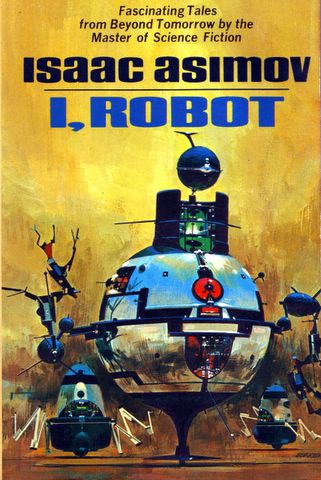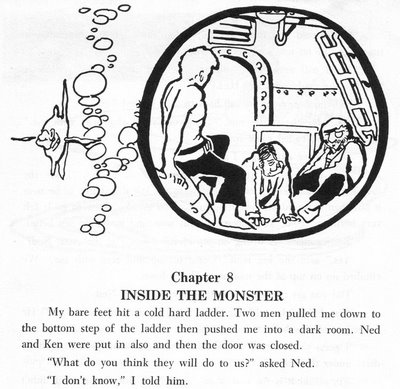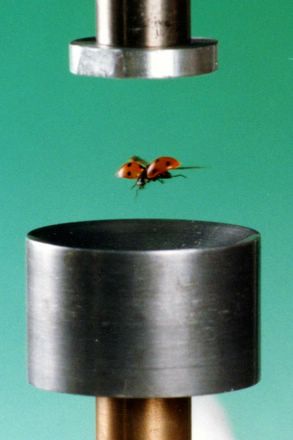
Nine new species of carnivorous sponges (Cladorhiza segonzaci, Chondrocladia koltuni, C. lampadiglobus, Asbestopluma agglutinans, A. (Helophloeina) formosa, Abyssocladia huitzilopochtli, A. inflata, A. dominalba and A. naudur) are described.
Eight of the sponges were collected from the French IFREMER manned submersible Nautile near active hydrothermal sites of the East Pacific Rise and of the North Fiji and Lau Basins, one from the Russian submersible Mir 2 in the Northwest Pacific near Bering Island, and one from the US submersible Alvin south of Easter Island. Their life conditions are described from direct observations from the submersibles. Some remarks are presented on the taxonomy of Cladorhizidae and more generally of carnivorous Poecilosclerida. The study suggests a very high degree of diversity in the deep Pacific carnivorous sponges.
New carnivorous sponges (Porifera, Poecilosclerida) collected from manned submersibles in the deep Pacific. 2006. J. Vacelet. Zoological Journal of the Linnean Society 148: 553–584.


















